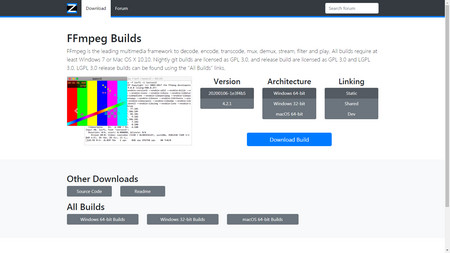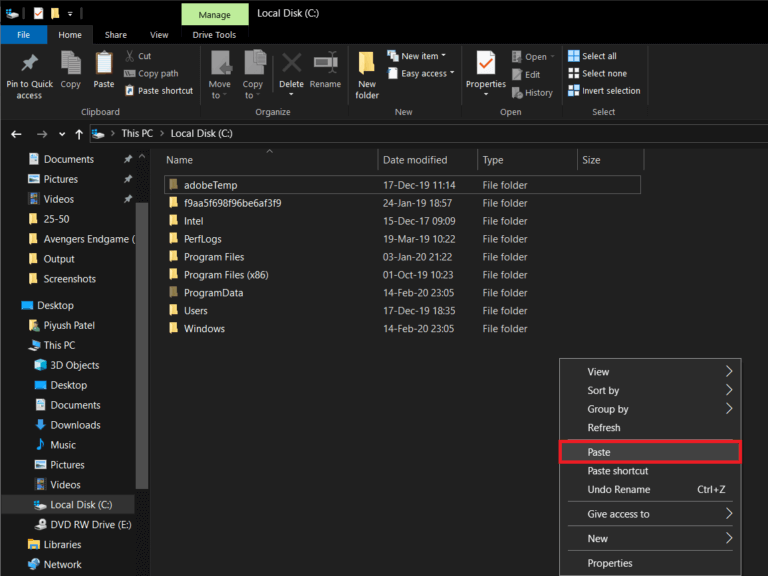

- #CONFIGURE FFMPEG WINDOWS MP4#
- #CONFIGURE FFMPEG WINDOWS PATCH#
- #CONFIGURE FFMPEG WINDOWS FULL#
- #CONFIGURE FFMPEG WINDOWS CODE#
#CONFIGURE FFMPEG WINDOWS PATCH#
% Total % Received % Xferd Average Speed Time Time Time Currentġ00 14 0 0 1396k 0 -:-:-:-:-:-:- 1396kĪpplying patch frei0r_load-shared-libraries-dynamically.diff
#CONFIGURE FFMPEG WINDOWS CODE#
Your branch is up to date with 'origin/master'.įetched no code changes, not forcing reconfigure for that. Done git cloning to ffmpeg_git_pre_x264_with_fdk_aac
#CONFIGURE FFMPEG WINDOWS FULL#
Android Tutorial to Capture and Record Audio Using MediaRecorder API in Android Studio and Java Full Project For Beginners.
#CONFIGURE FFMPEG WINDOWS MP4#



You can use hardware acceleartion to speed up encoding and reduce the load on your CPU. To grab the contents of the window named “Calculator”: ffmpeg -f gdigrab -framerate 30 -i title=Calculator output.mkv If you want to limit to a region, and show the area being grabbed: ffmpeg -f gdigrab -framerate 30 -offset_x 10 -offset_y 20 -video_size 640x480 -show_region 1 -i desktop output.mkv To capture all your displays as one big contiguous display: ffmpeg -f gdigrab -framerate 30 -i desktop output.mkv You can also use gdigrab as input device to grab video from the Windows screen. You can list your devices with: ffmpeg -list_devices true -f dshow -i dummy Or ffmpeg -f dshow -i video="UScreenCapture" -f dshow -i audio="Microphone" output.mkv If you want to capture the audio that is playing from your speakers you may also need to configure so-called “Stereo Mix” device. If you need audio too: ffmpeg -f dshow -i video="UScreenCapture":audio="Microphone" output.mkv You can refer to a list of alternative devices. This will grab the image from entire desktop. Use a DirectShow device: ffmpeg -f dshow -i video="screen-capture-recorder" output.mkv


 0 kommentar(er)
0 kommentar(er)
